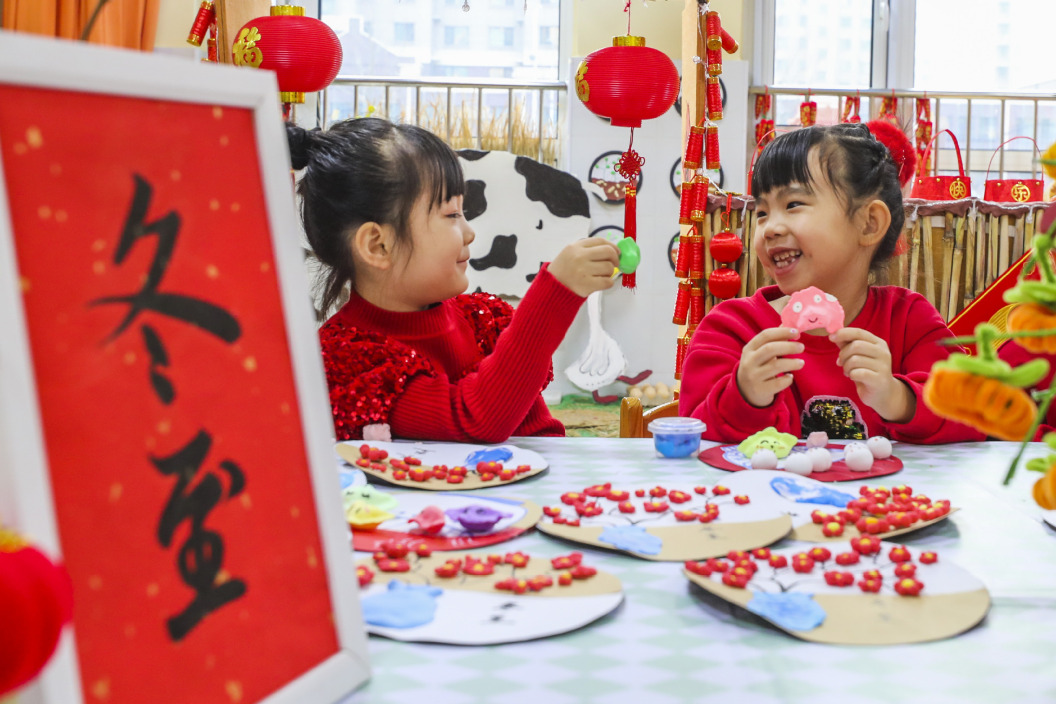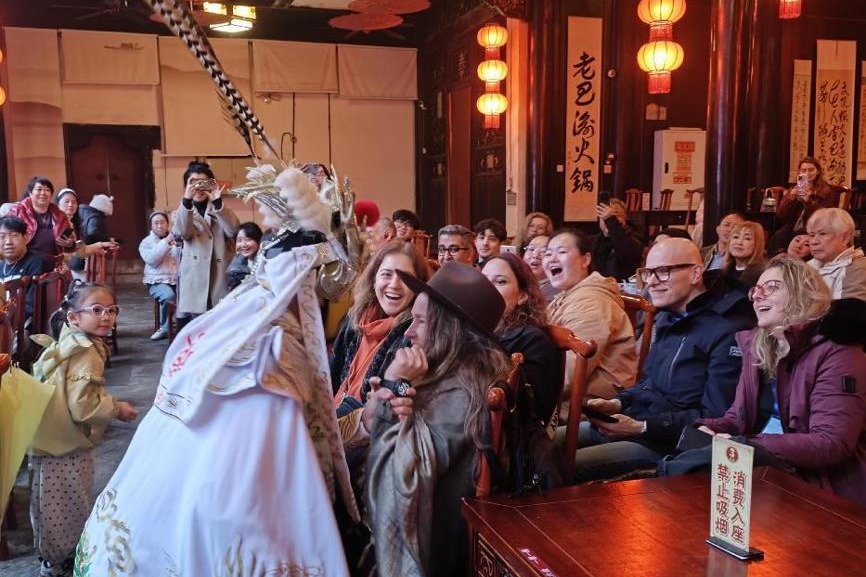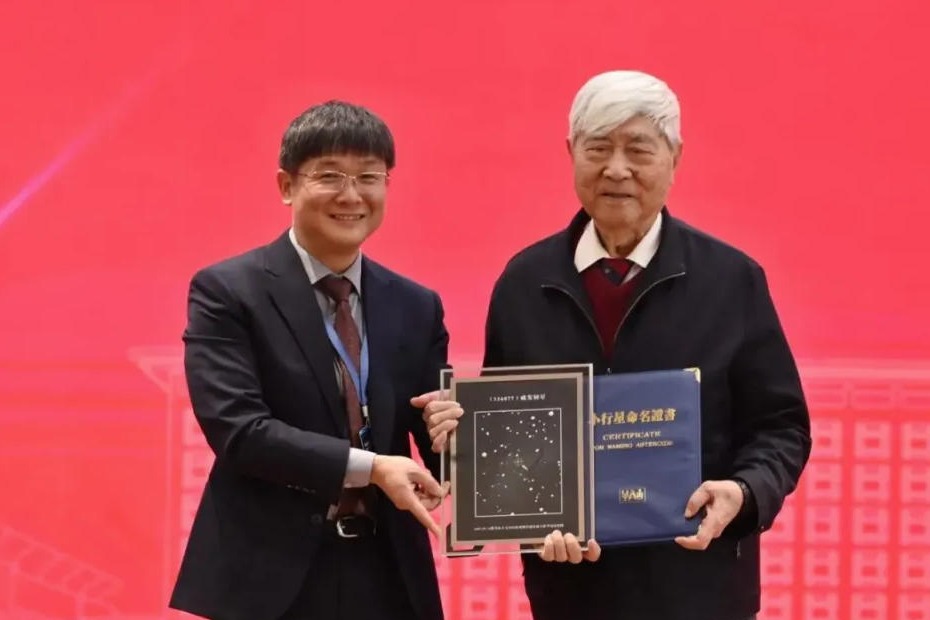Gene mutation blamed for lower breast cancer cure rates in China than in the West

BEIJING -- Chinese researchers claim, based on a three-year research, that gene mutation shall be blamed for the lower breast cancer cure rate in China than in the West, as it cripples the effect of a classical drug for treatment.
The mutation in a liver enzyme among East Asian people may severely impair the conversion of tamoxifen (TAM), a standard drug for breast cancer post-operation therapy in most cases, said Xu Binghe, a professor at the Cancer Hospital with Chinese Academy of Medical Sciences.
About 75 percent of breast cancer patients in China have estrogen receptors (ERs) expressed in their tumors. Nurtured by estrogen, a female hormone, the receptors can facilitate the growth of tumors, leading to their metastasis and recurrence, so these patients usually receive endocrine treatment after their operation, said Xu, an oncologist on breast cancer for more than 30 years.
"Globally, TAM is a classic drug for this type of cancer and has been used in clinical treatment for nearly half a century since the 1970s," Xu said.
According to him, TAM, a small molecule compound, can block the binding of human estrogen to tumor receptors.
"TAM looks so similar to estrogen that it can confuse the receptors, which then unites with the drugs and rejects the real estrogen," said Xu. "So to speak, TAM is like a fake key that can match the 'lock' of tumors, and estrogen, the real key, instead cannot open the 'door' anymore as it shall not fit in a blocked 'keyhole.'"
ER-positive breast cancer patients usually need to take TAM for five to 10 years after surgery. The drug has helped cut down the recurrence rate by half and the death rate by more than 30 percent. TAM is also very economical, costing less than one yuan (about 15 cents in U.S. dollar term) a day. The drug, with its effectiveness and low cost, has been enlisted in both international and domestic guidelines for breast cancer treatment.
"However, in our practice, we feel that it is not as effective on Chinese patients as it is on Westerners," Xu said. Although the overall survival rate of breast cancer patients in China has improved dramatically in recent years, it is still seven to 10 percentage points lower than that in the United States.
A special enzyme named CYP2D6 in the liver, which plays a key role in converting TAM into active and valid ingredients, has caused attention among Xu and his coworkers on the team. It has more than 100 types of gene mutations, and CYP2D6*10 is the most common polymorphism among Asian populations.
"Is this mutation crippling the effectiveness of the drug?" This question has emerged from day-to-day treatment and prompted Xu's team to conduct a retrospective study of nearly 1,000 patients who have been treated at their hospital.
Testing their blood samples revealed that 20 percent of the patients have the CYP2D6*10 genotype with both chromosomes mutative. These patients have a lower five-year survival rate and a higher recurrence rate than others.
"It indicates that the gene mutation obviously impacts the conversion of TAM, which lowers the drug's effectiveness to only 1 percent of the expected efficacy. In other words, to achieve the effect of one pill for ordinary patients, these cancer sufferers have to take 100 pills," said Ma Fei, a core researcher on Xu's team from the Cancer Hospital.
The researchers also found that the effect of toremifene and aromatase inhibitors, alternatives to TAM, are not affected by the gene mutation in the CYP2D6 enzyme.
"Since alternative drugs are more expensive, there has been a long-time misunderstanding that patients who use them are more wealthy and have access to better overall medical conditions, leading to a lower cancer recurrence rate among them," Ma said. "It seems now that the gene mutation should shoulder the blame."
He noted that this study is very important for all East Asian populations, as the gene mutation happens in one in every five people while it is quite rare in Westerners.
"We can't expect experts in America and European countries to do the research, as they don't encounter the problem. The difficulties that China has faced can only be solved by ourselves," Ma said.
The results of the serial researches by the team were published twice in the International Journal of Cancer, the official journal of the Union for International Cancer Control, and the latest was selected as a cover article in November.
Xu and his team will, for the next step, study the feasibility of multiple alternative therapies for patients with the above gene mutation, aiming to modify and improve the treatment guidelines through more rigorous clinical research and to improve the breast cancer cure rate in China.
- Half marathon route along Suzhou Creek in Putuo
- People across China hold diverse events to mark Winter Solstice
- China issues guidelines to crack down on tobacco-related illegal activities
- 1 arrested after Hong Kong money changer employee robbed of about 1b yen
- Efforts intensified to ease business issues
- Guangxi's new mineral named Jinxiuite




































